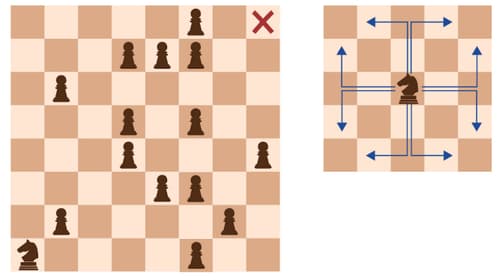Which of the following compositions is possible by rearranging pieces of Tangram puzzle (Sample given on the left)? Rotation of the pieces is allowed but flipping and scaling are not allowed.
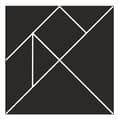

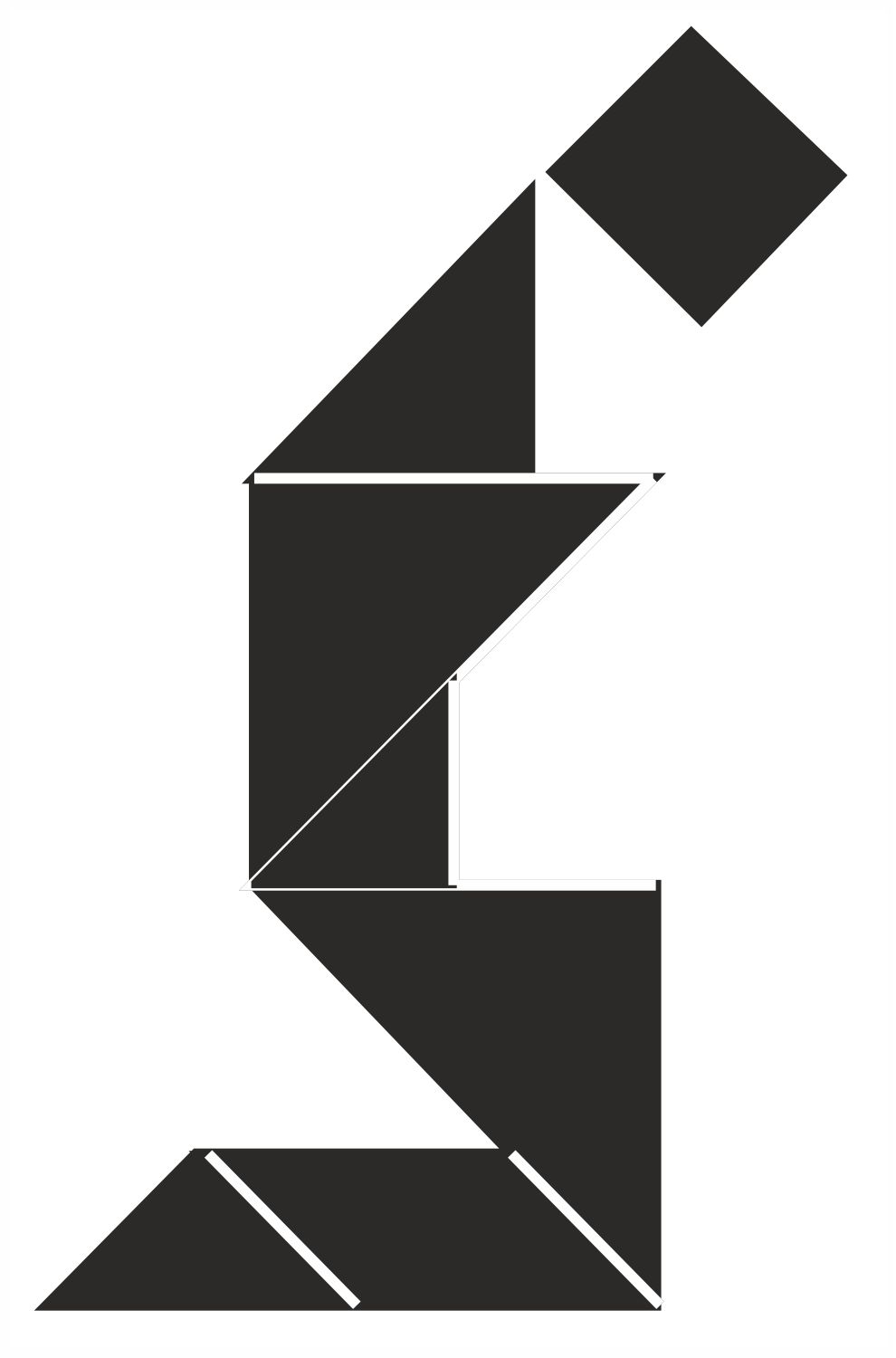
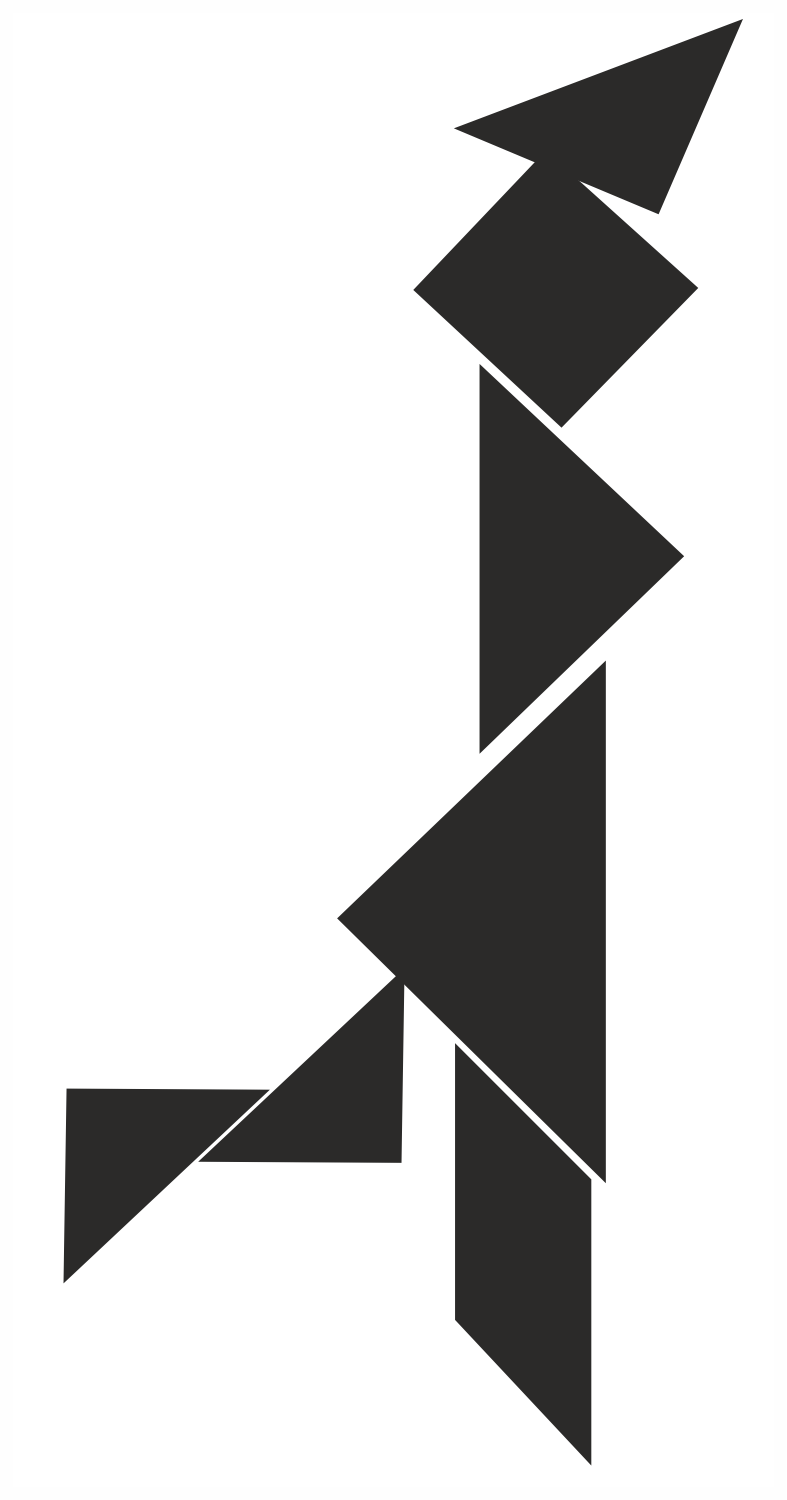
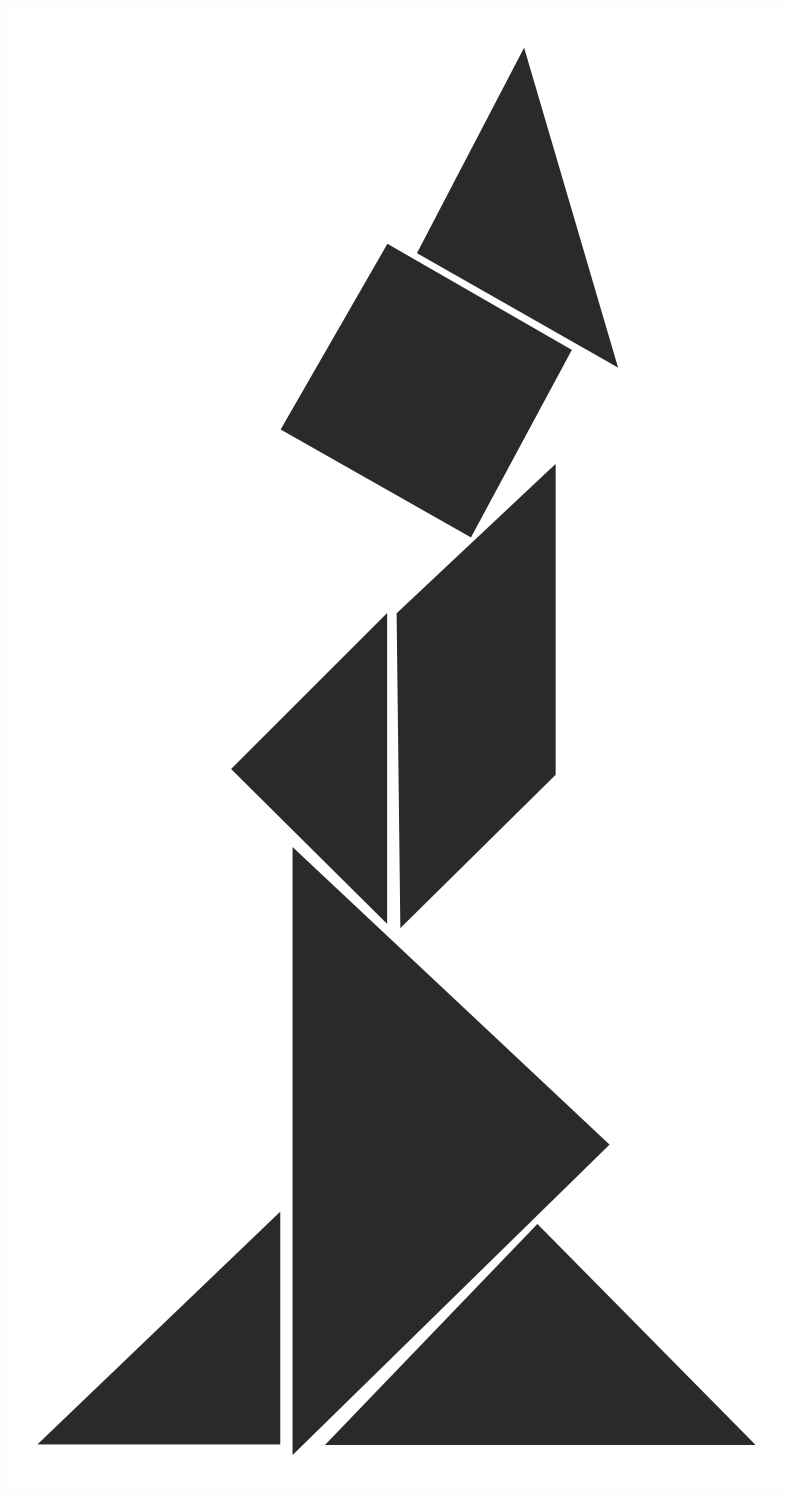
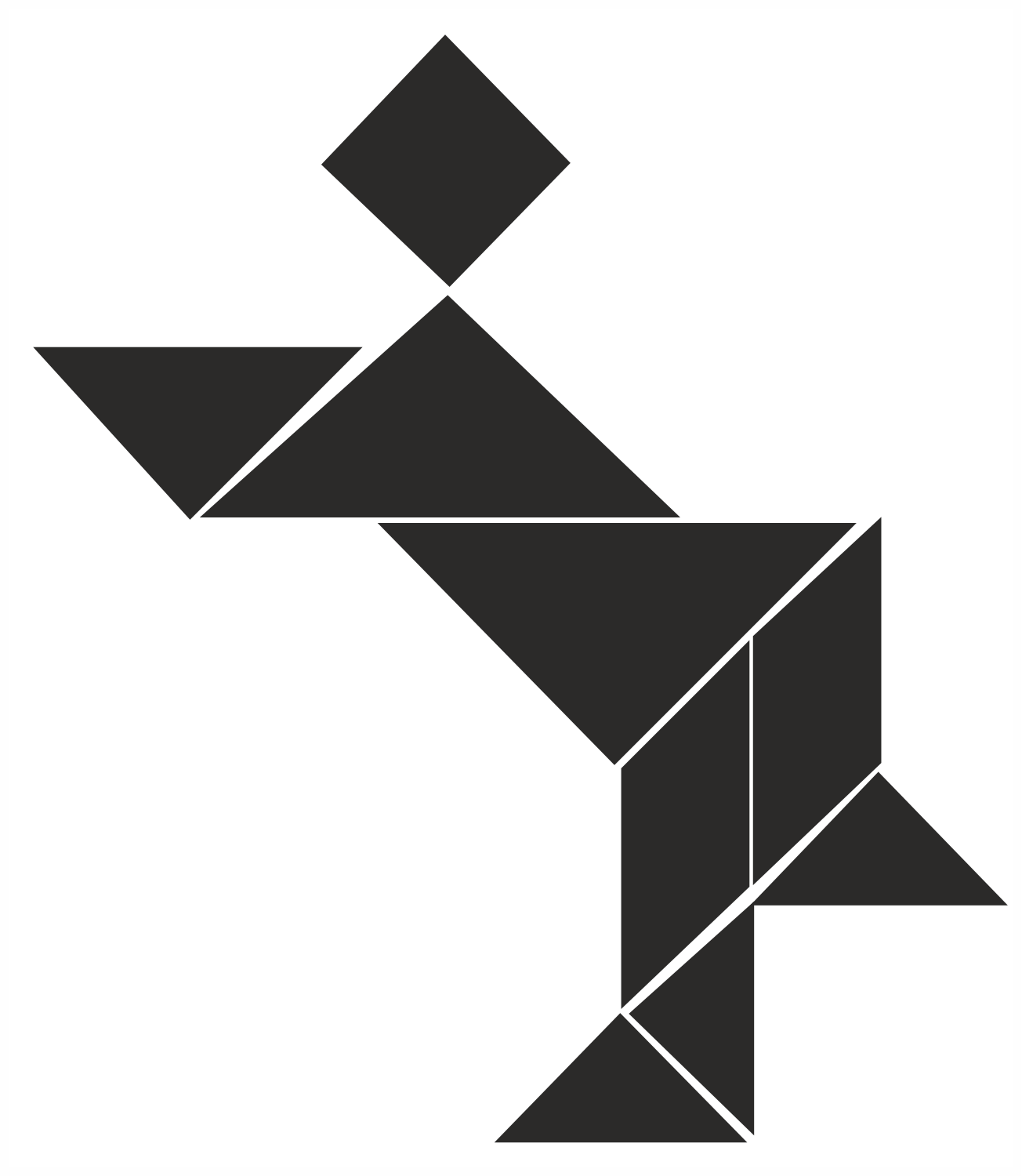
Important Questions on Puzzle Test
Study the following information carefully and answer the questions given below:
(i) There are five types of cards viz. A, B, C, D and E. There are three cards of each type. These are to be inserted in envelopes of three colours – Red, Yellow and Brown. There are five envelopes of each colour.
(ii) B, D and E type cards are inserted in red envelopes. A, B and C type cards are to be inserted in yellow envelopes and C, D and E type cards are to be inserted in brown envelopes.
(iii) Two cards each of B and D types are inserted in red envelopes.
Which of the following combinations of types of cards and the number of cards and colour of the envelope is definitely correct?
Who among following will attend the seminar on November?
(1) Pravin is heavier than Chandrabhushan.
(2) Janardan is heavier than Kaushal.
Read the following information carefully and answer the questions given below:
(i) There are five types of cards viz. A, B, C, D and E. There are three cards of each type. These are to be inserted in envelopes of three colours– Red, Yellow and Brown. There are five envelopes of each colour.
(ii) B, D and E type cards are inserted in red envelopes. A, B and C type cards are to be inserted in yellow envelopes and C, D and E type cards are to be inserted in brown envelopes.
(iii) Two cards each of B and D type are inserted in red envelopes.
Which of the following combinations of the type of cards and the number of cards is definitely correct in respect of yellow coloured envelopes?
Prakash is heavier than Arun who is lighter than Varun. Prabodh is lighter than Prakash and heavier than Varun.
Who is the heaviest?
Read the following information carefully and answer the questions given below:
(i) There are five types of cards viz. A, B, C, D and E. There are three cards of each type. These are to be inserted in envelopes of three colours– Red, Yellow and Brown. There are five envelopes of each colour.
(ii) B, D and E type cards are inserted in red envelopes. A, B and C type cards are to be inserted in yellow envelopes and C, D and E type cards are to be inserted in brown envelopes.
(iii) Two cards each of B and D type are inserted in red envelopes.
Which of the following combinations of the colour of the envelope and the number of cards is definitely correct in respect of E-type cards?
In a given version of chess, no piece can capture another piece. Instead, each piece is on a mission. In the scenario shown in the figure on the left, the knight is on a mission to the diagonally opposite square marked by . Assuming that no other piece moves, what is the minimum number of moves it will take the knight to reach there? (Note: In chess, the knight moves as shown in the figure on the right. The knight cannot land on any square that has a pawn, but can jump over it.)
